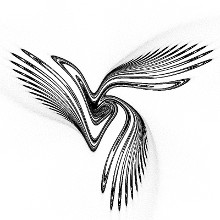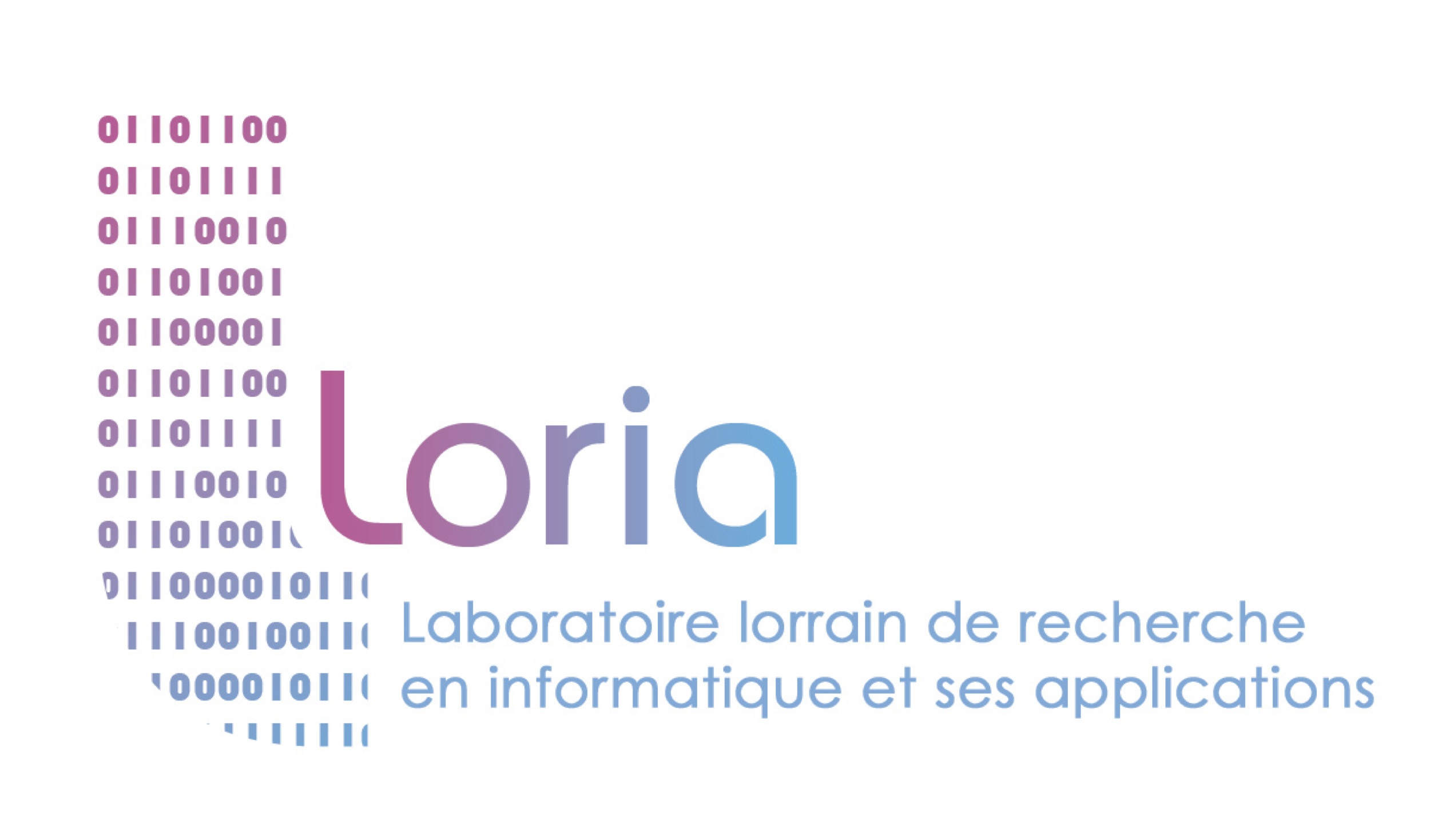The main subjects of my researches are high performance computing, dynamical systems, continuous or discrete, and neural networks. My research activities are thus decomposed as follows:
- Parallel iterative algorithms:
- Discrete dynamical systems:
- Neural networks:
- That first subject deals with the
design of numerical computation algorithms to be used on large systems of
heterogeneous machines (large clusters). At the theoretical level, it
involves automata systems whose values are in continuous spaces and which
evolve synchronously or asynchronously in time. That temporal evolution
allows us to reformulate those systems under the form of parallel iterative
algorithms. In this context, I study possible strategies of large scale
parallel iterative computing to solve linear and non-linear problems.
Several essential aspects are treated such as operating mode, convergence
conditions, convergence detection and the coupling of different optimization
techniques such as load balancing, computation-communication overlapping and
the use of GPUs. Finally, we study also the contexts (hardware, software and
problem type) in which those algorithms present a particular interest
according to the other methods.
- That second subject concerns the
theoretical study of the behavior of systems composed of discrete-state
automata evolving in discrete time. Those systems present a practical
interest since they allow to model numerous complex systems and in particular
the parallel iterative processes. Hence, they allow us to precisely study
their dynamic according to their operating mode. In this context, I
particularly work on the asynchronous case which offers better performances,
especially when used on large scale systems. However, that operating mode
implies a different dynamic than the synchronous one and, in some cases, the
system may not stabilize or may stabilize on the wrong stable state. Thus,
that mode requires specific conditions to ensure a stable and correct
behavior. In this context, I study different features of those systems such
as the convergence conditions towards stable states, the influence of cycles
in the communication graph over their global behavior and the coupling of
synchronism-asynchronism to improve their stability. I am also interested in
the design of such systems to solve specific problems.
- In the sequel of my previous works done in a
collaboration with the IRMA team of the CREST/FEMTO-ST through a project
dealing with external radiotherapy, I maintain an activity over the theme of
neural networks used in scientific computation. In fact, as neural networks
can approximate complex shape functions, we have shown in our previous works
the interest of coupling a neural network with an algorithm that evaluates
radiation dose deposits in heterogeneous environments. Our approach is not
restricted to this particular application domain and can be used in numerous
other cases.



